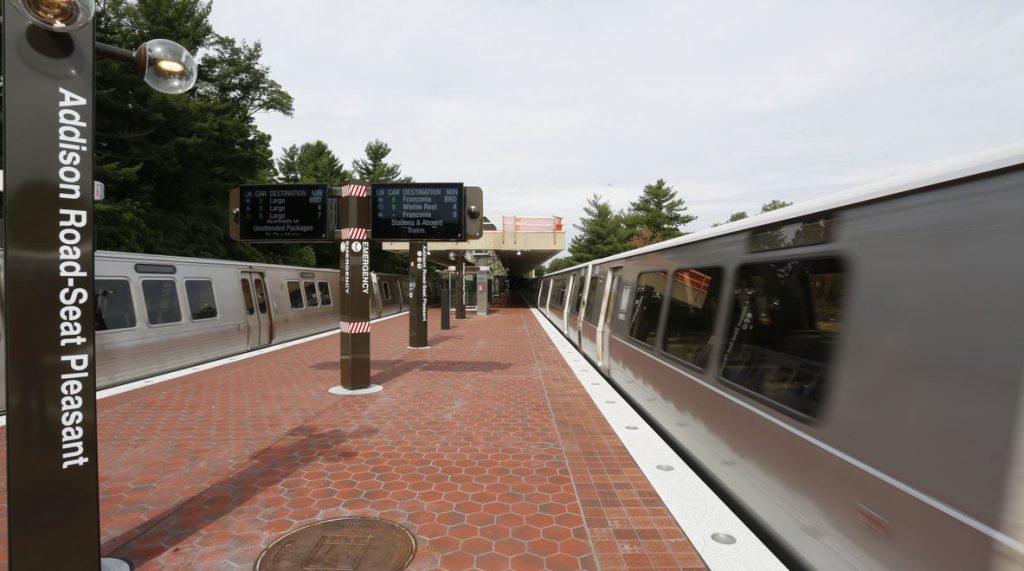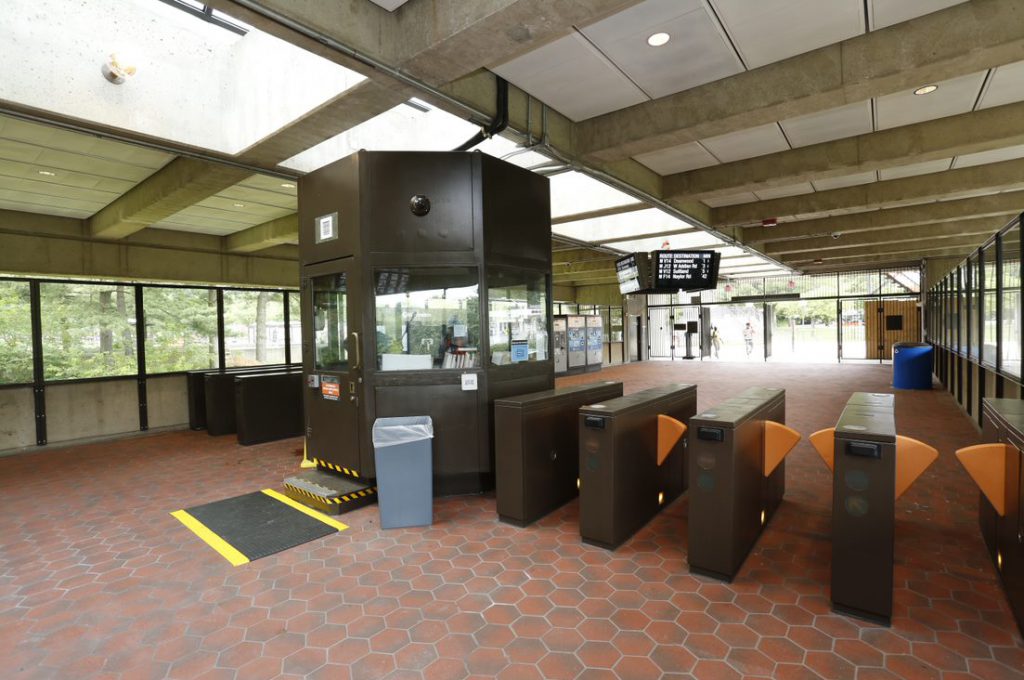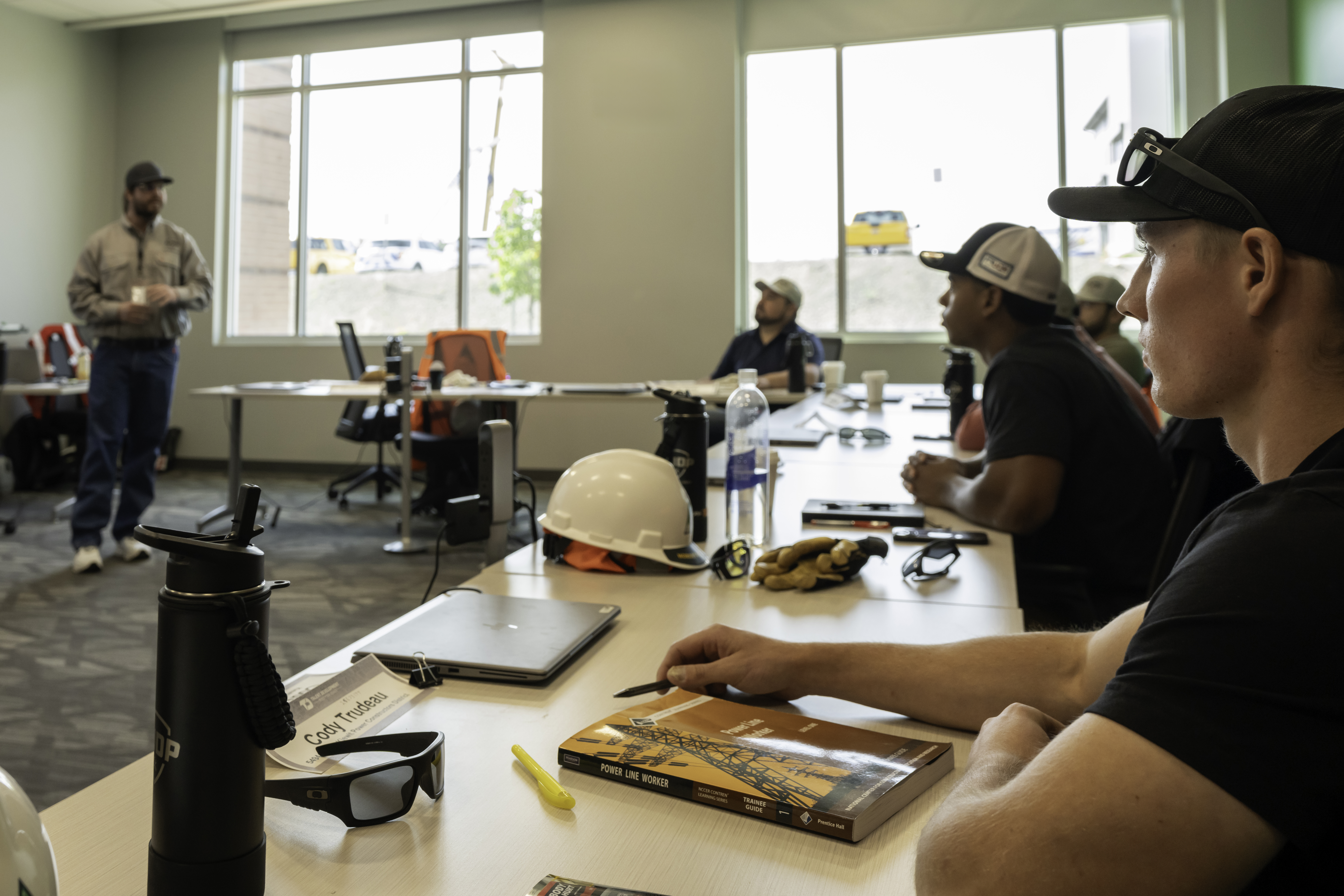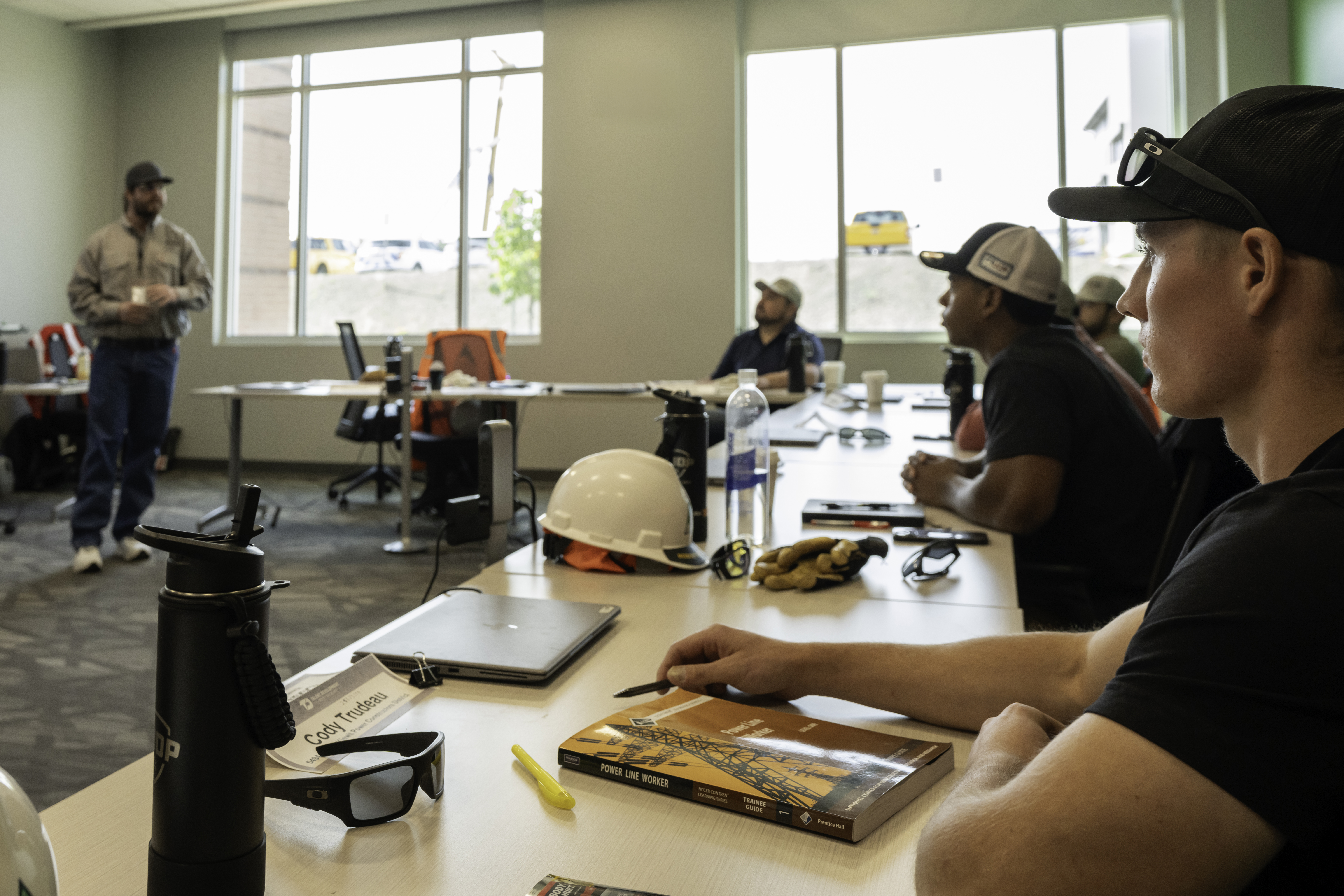What do you do when you find out you have three days to clear out your work area and face the loss of eight days from an already tight project schedule?
If you’re Kiewit Infrastructure Co., you gather the team together in a room and start brainstorming a solution to the problem.
It happened on the Addison Road section of a project for the Washington Metropolitan Area Transit Authority (Metro) in Washington, D.C. Kiewit was supposed to have a total of 11 weeks to complete work on the Addison Road platform.
The work was scheduled in two phases — six weeks when the outbound tracks would be closed and five weeks while the inbound tracks were closed.
In Phase 1, Metro notified Kiewit that it would need to do some unexpected track adjustment work within Kiewit’s work zone. That meant all the Kiewit equipment would need to be cleared off the closed track to make room for about 30 craft workers and multiple pieces of equipment needed to complete the track adjustments in the Kiewit work zone.
The change came at a time there was still a lot of work to be done and only 10 days left to do it before the schedule had them moving into Phase 2.
“We gathered the team together, remained calm and started brainstorming the same day,” said Construction Manager Sean Gayle. “We left that room with a number of solutions that were beneficial to both the client and Kiewit.”
Less than 24 hours later, the Kiewit team, led by Project Director Paul Beljan, Project Manager Brian Watkinson and Gayle, met with the client to outline the impacts of the requested change and to present the proposed solutions to Metro.
The proposed solutions included:
– A revised phasing schedule that would accommodate Metro’s work. The track switch would be delayed to the following week to accommodate the change.
– Kiewit would continue to work on track (outside of Metro’s work zone).
– Kiewit would provide the client with crane support and testing resources, if needed.
The plan worked. Even though Metro’s work took eight days, rather than the planned three days, trains were running on the adjusted rail when the project switched to Phase 2.
“It worked out well for both Kiewit and the client,” said Gayle. “Kiewit actually gained an additional week because we added a week to the Phase 1 schedule and were able to continue work on half the track while Metro finished up its work.”





